Homo sapiens, commonly called Humans, were the most populous and politically influential sentient species throughout the galaxy, having established countless major and minor colonies across its expanse. Originating, as many believe, from Coruscant, the galactic capital, they populated every corner of the galaxy, pursuing diverse occupations such as spacers, mercenaries, smugglers, merchants, soldiers, assassins, farmers, crime lords, laborers, slaves, slavers, and even Jedi and Sith. Due to their widespread presence, Humans often served as a benchmark, with their biology, psychology, and culture used to evaluate other sentient species.
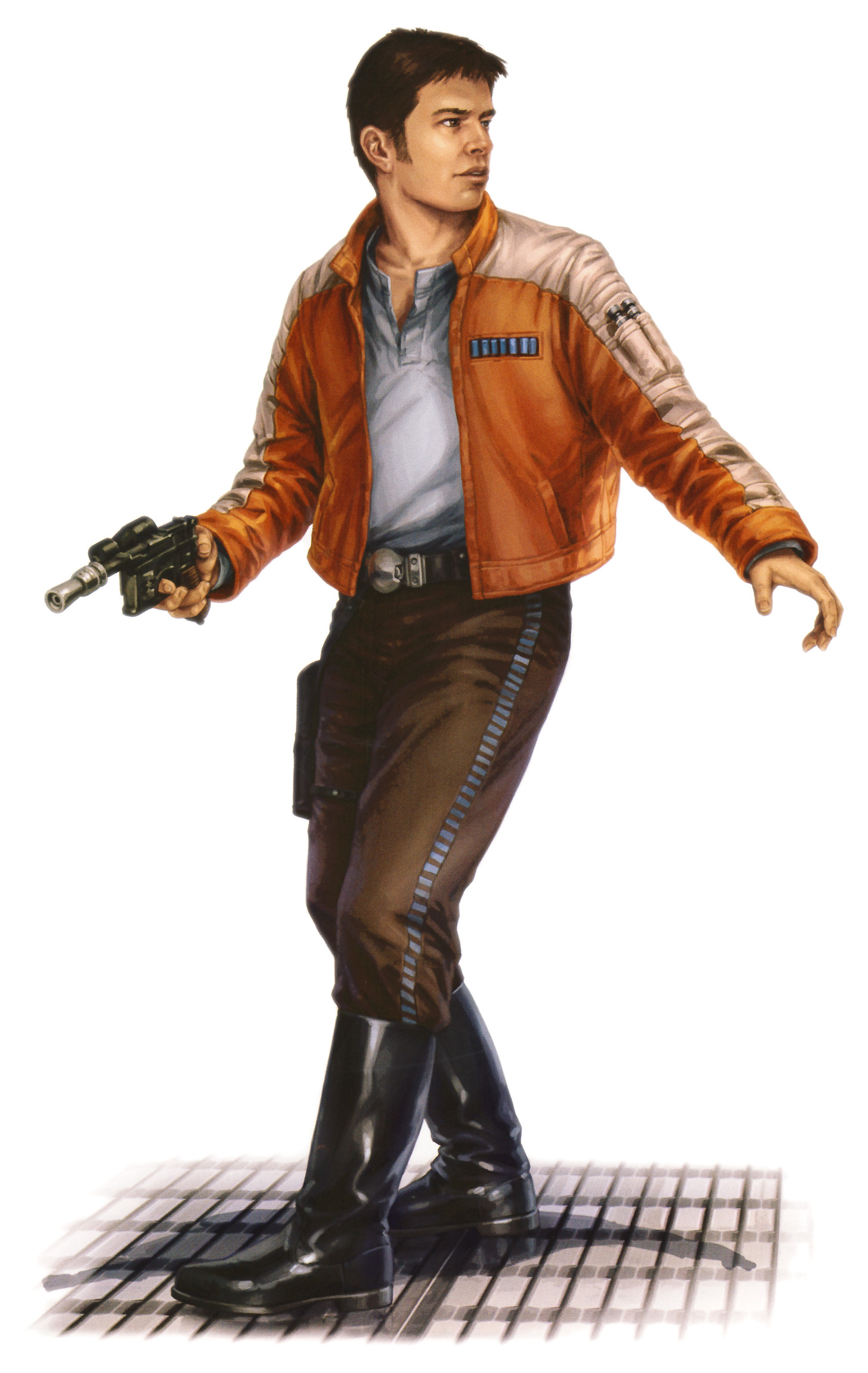
Belonging to the simians subgroup within the primate order of mammals, Humans were a sentient species. This classification placed them in proximity to other species, sometimes referred to as apes, including the sentient Ma'alkerrite ape-man. Their scientific designation was Homo sapiens.
Humans exhibited a bipedal form with bilateral symmetry, possessing a distinct front and back, as well as a top and bottom. Their physical structure consisted of a head, a neck, a torso, and four limbs. The upper limbs, known as arms, terminated in hands, each with five fingers. The lower limbs, or legs, ended in feet, also with five digits. Human fingers featured multiple joints, including an opposable thumb that facilitated intricate manipulation. They had one head atop their torso. Species sharing a similar upright body structure were frequently labeled as humanoids, due to the prevalence of Humans. Unlike furry mammalian species like Wookiees or Ewoks, Humans had sparse body hair, primarily concentrated on the head and, in adult males, the face.
As endotherms, or "warm-blooded" creatures, Humans maintained a stable internal temperature, independent of external conditions, by utilizing energy derived from their diet. Despite being sometimes misidentified as carnivores, Humans were, in reality, omnivores, consuming both animal and plant-derived foods. Consequently, their digestive systems were more extensive than those of true carnivores, such as Devaronians. Many Humans showed a preference for foods with high levels of fat or sugar, despite their detrimental health effects.
The Human genome displayed remarkable plasticity. Evolutionary pressures prompted the activation of new genes and the reshaping of Human bodies in response to environmental shifts, often within a few millennia. This exceptional adaptability led to the emergence of numerous Near-Human species, which were offshoots of baseline Humans that had undergone independent evolutionary paths. These included the shapechanging Stennes Shifters, the scaly-skinned Zisians, the blue-skinned Chiss, and the gaunt Pau'ans.
Humans, like many humanoid species, exhibited sexual dimorphism, with males and females displaying distinct characteristics. Many females possessed more prominent breasts, shorter stature, and less body hair. Humans could naturally interbreed with various species, including the Epicanthix, Echani, the Ferroan, Hamadryas, the Kiffar, the Miraluka, the Nagai, and the Theelin, many of whom were Near-Humans. In certain instances, genetic manipulation or alchemy was needed for Humans to produce offspring with other species, such as the Red Sith, the Qiraash, or the Umbarans.

Despite a generally consistent physiology, Humans exhibited considerable variation in appearance, making each individual unique. Height was one such variable, with Humans typically ranging from 1.70 to 1.80 meters, although males were usually taller and heavier than females. Individuals affected by giantism could reach heights of up to 2.30 meters, while those with nanism could be as short as 1.3 meters.
Hair was grown, styled, and trimmed for both aesthetic and ritualistic purposes, evident in the elaborate hairstyles of the Royal Naboo and the traditional braids of Human Jedi Padawans. Adult males could grow, style, or shave their facial hair. Hair color varied from blond to black, with occasional red or brown hues, eventually turning gray or white with age (years). Hair texture ranged from straight to wavy to curly. In addition to diverse hair colors, eyes came in shades of blue, green, gray, or brown. Baseline Humans also displayed a spectrum of skin tones, primarily encompassing various shades of brown, ranging from dark to light, as well as pale skin.
The Fusai library branch of the Celebratus Archive used a classification system to categorize Humans by degrees. In this system, Luke Skywalker and Gyla Petro were classified as "10th Degree" Humans.
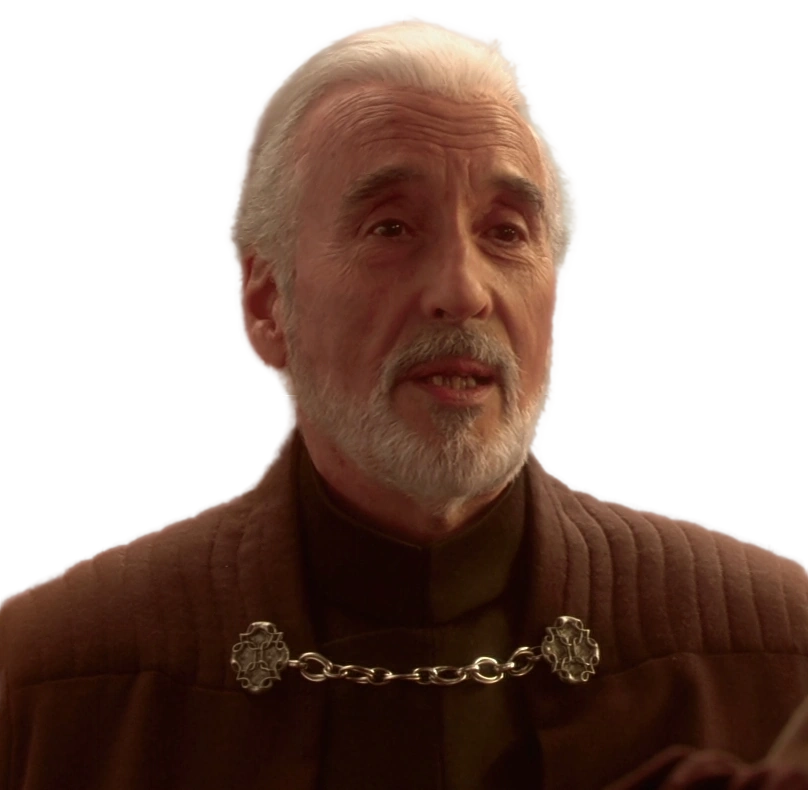
Humans reproduced sexually, with offspring resulting from the union of sperm and ova. The fetus typically developed within the mother's womb, causing a noticeable change in her physique and weight. As mammals, Humans gave birth to live young, either singly or in multiples. Two offspring born at the same time were known as twins, while three were called triplets. Gestation typically lasted nine months, with delivery being a painful process that could last up to ten hours. Although rare in technologically advanced societies, maternal death could occur during childbirth. Human infants were typically nourished with milk from their mother's breasts during their early months.
Adolescence marked the transition from childhood to adulthood. According to Equani therapist Klo Merit, this developmental stage was challenging without adequate support. The legal transition from childhood to adulthood, along with physiological and psychological changes, was culturally dependent. Humans are generally considered adults at age 14.
Humans typically lived for 100 to 120 standard years. Individuals attuned to the Force, a pervasive energy field connecting all life in the Known Universe, could live up to 200 years. In technologically advanced societies like Bakura, individuals over 160 years of age were not uncommon. By 5 ABY, the Human couple Eppie and Orn Belden were 132 and 164 years old, respectively, although Orn relied on a voice amplifier and had undergone three heart transplants. Advanced medical treatments and organ transplants available to the wealthy could extend Human lifespans to 300 years, and at least one Force-sensitive individual reached 800 years. Despite his age, the Jedi Master Shayoto could still hike up Mount Meru with a cane. Generally, individuals over 80 were considered elderly, and most Humans died in their early hundreds unless they could afford rejuvenation procedures like those at Aurora Medical Facility on Obroa-skai. However, many older Humans remained active, as exemplified by Gilad Pellaeon, who served as supreme commander of the Galactic Alliance Defense Force in 40 ABY at age 91. Natural signs of aging included hair whitening or loss, tooth loss, wrinkles, and skin blemishes. Cognitive decline was common, leading to disorientation, misidentification, and, in severe cases, memory loss.
Humans were renowned for their capacity to learn and adapt, both physically and mentally. Their societies could rapidly transform in response to diverse conditions, leading to vastly different cultures among Human populations. As noted by Kaminoan scientist Hali Ke, some Human groups shared more cultural similarities with non-Human neighbors than with other Humans.

With a documented history extending far beyond the advent of space travel, the precise location of the original Human homeworld remained unknown, lost to the depths of millennia. Regardless of the location, it was generally accepted that Humans evolved on one of the Core Worlds near the galactic center. Humans were among a select few sentient species, including the Ryn, Yoda's species, and the Baragwins, whose homeworld remained a mystery.
An inscription discovered on Seoul 5 around 4 ABY by archaeologists Dr. Ualp Xathan and Fem Nu-Ar suggested that the birthplace of Human civilization was Notron, an archaic name for Coruscant. This assertion was shared by several other planets claiming to be humanity's origin. The ancient Zhell nations, who expelled the Near-Human Taungs from Coruscant, may have been the ancestors of later Humans. For millennia, Coruscant's surface had been buried beneath kilometers of urban sprawl, with the deepest levels of its city-planet dating back to 100,000 BBY. Consequently, conducting the necessary historical and archaeological research to confirm or refute this theory was impossible. Furthermore, Coruscant's natural climate was purportedly too cold to support Human life, a claim that conflicted with the theory of it being the original Human homeworld. Tarnese Bleyd posited that early Humans favored trees and elevated terrain, based on observations of their hunting behaviors.
It is possible that an ancient civilization, such as the Celestials or even the Rakata, transported early Humans from their original planet to other locations. Allegedly, they were once enslaved by the Infinite Empire; however, Rakatan records from 3956 BBY contained no mention of Human enslavement. These distant "colonies" eventually diverged genetically from the Human baseline, giving rise to various Near-Human races and species.
During the Jedi Civil War, the Jedi Revan uncovered evidence within the oral traditions of the Sand People on Tatooine suggesting that Humans may have originated as slaves taken from that planet by the Rakata, with the Sand People being the genetically distinct descendants of those left behind. The Sand People's legends indicated that Tatooine was once more temperate and habitable before an ancient war with the Rakata, lending credence to this possibility. However, the distortion of historical records over millennia, coupled with the Sand People's staunch resistance to new interpretations of their oral tradition, prevented Revan from further investigation.
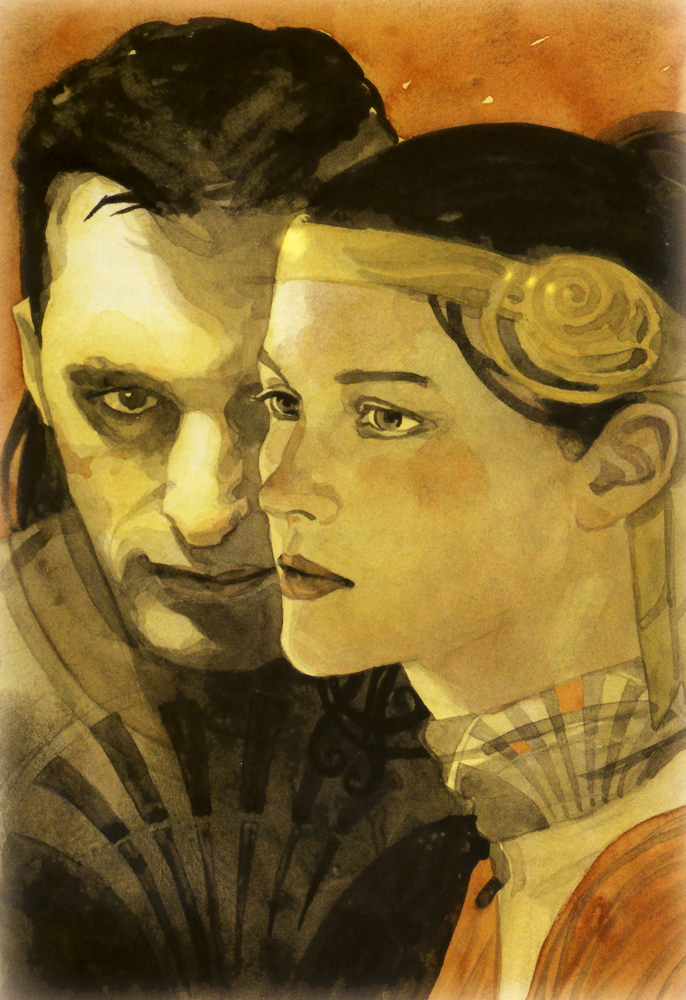
Humans independently discovered space travel early in their history, establishing a presence on scattered colony planets in the Core Worlds even before the invention of hyperdrive, utilizing sleeper ships. Coruscant evolved into a planet-wide city, from which they expanded to other Core Worlds, including Alderaan, Corellia, Corulag, and Chandrila.
Early in their history, Humans were seemingly subjugated by the Rakatan Infinite Empire. While some accounts suggest they were enslaved workers on Rakatan projects like the Star Forge, the failure of droids and computers in Rakatan ruins on Dantooine to recognize Humans from that era suggests otherwise.
Following the collapse of the Infinite Empire around 25,200 BBY, the Humans of the Core utilized Rakatan technology to establish a true interstellar civilization. Initially, a network of hyperspace cannons linked Coruscant with other Human-populated worlds, as well as the Duros civilization. Corellian Humans were among the first to develop hyperdrive starships before 25,053 BBY, disseminating the technology to other Core Worlds. This enabled their scouts and explorers to journey and encounter other species during the Expansionist Era.
Human colonies, initially established through slower-than-light travel within the Core Worlds, subsequently founded their own daughter colonies in the Colonies region. During the final years of the pre-Republic, Humans reached the Outer Rim, populating planets as distant as the Tion Cluster. The Tionese warlord Xim the Despot, whose conquests extended from the Cronese Sweeps to the Si'Klaata Cluster at the edge of Hutt Space, was a prominent Human figure during the pre-Republic period.
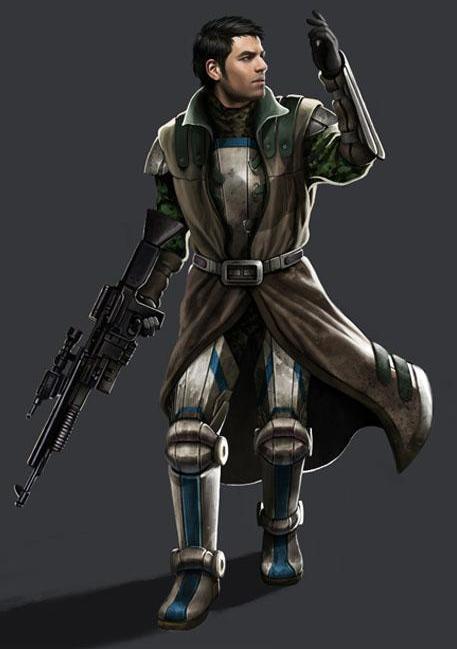
Humans assumed a dominant position in galactic development and politics during the Expansionist Era. Their expansionist tendencies ultimately led to the Unification Wars, which in turn resulted in the formation of the Galactic Republic, a galaxy-spanning alliance of worlds and species. While the Republic included numerous member species, Humans predominantly occupied its political, military, and economic leadership roles. Humans also constituted a significant portion of the Jedi Order and eventually came to dominate the Jedi's perennial adversaries, the Sith Order. By the conclusion of the Old Sith Wars, Humans also formed the majority of the Mandalorian warrior culture.
Most Humans within the Republic resided on predominantly Human worlds, although many lived alongside aliens on their respective homeworlds or in conjunction with various other species. Humans were more likely to cohabitate with non-Humans in the cosmopolitan Core Worlds or on frontier worlds in the Outer Rim, such as Tatooine. Predominantly Human worlds outside the Core included Eriadu, Naboo, Socorro, and Bakura.
The significant population and influence of Humans inevitably led to a Humanocentric galaxy. Humanocentrism was widespread and often subconscious, manifesting in the use of the term "alien" to describe non-Human species. In some instances, this resulted in overt and violent expressions of speciesism. Despite the Rights of Sentience clause in the Galactic Constitution outlawing explicit Humanocentrism, Human-led corporations such as Czerka enslaved entire non-Human species, while planets like Taris reserved prime areas for Humans and relegated non-Humans to ghettos. Non-Humans constituted the majority of slaves in the galaxy.
The Clone Wars exacerbated tensions between Humans and aliens towards the end of the Galactic Republic's history, as Humans led the Republic while aliens led the Confederacy of Independent Systems. This was evidenced by the emergence of pro-Human factions within the Republic, including the Commission for the Protection of the Republic (COMPOR) and its chapter SAGroup. COMPOR pressured Tannon Praji, the First Minister of the Coruscant Ministry of Ingress, to deport all members of species whose homeworlds had joined the CIS, thereby reducing the non-Human presence in the galactic capital.
Upon the establishment of the Galactic Empire in 19 BBY, several prominent populist groups advocating Human supremacy, or Human High Culture, were active on Coruscant. These groups were rapidly integrated into the nascent Commission for the Preservation of the New Order (COMPNOR).
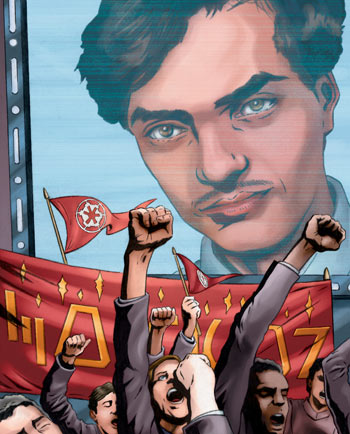
Human High Culture asserted that Humans were the only truly intelligent and productive members of society. Proponents of this ideology emphasized that Humans had almost exclusively formed and led the Old Republic and that the Human worlds of the Core were among the oldest, wealthiest, and most advanced in the galaxy. The contributions of non-Humans were disregarded, with later Imperial propaganda disseminating misinformation claiming that ancient civilizations such as the Columi and the Mon Calamari were insignificant, recent additions to the Galactic community.
Consequently, through the repeal of laws like the Rights of Sentience and the enactment of new legislation, most non-Humans were relegated to second-class citizenship. Slavery was re-legalized, with non-Humans comprising the majority of slaves. Only "pure" works of art (such as operas, holovids, books, etc.) were permitted for production, viewing, and dissemination, as only Human culture was deemed worthy of flourishing in the New Order. Non-Humans were "actively discouraged" from participating in government or joining the Imperial military, and Human governors and moffs were appointed to command non-Human worlds and sectors.
Later in the Imperial era, an anti-Human organization known as the Alien Combine emerged in response to these injustices. However, due to its reluctance to engage in drastic actions (terrorism), the Alien Combine was eradicated by the Empire.
Despite this, many Humans opposed the Empire's policies, most notably Mon Mothma, Bail Prestor Organa, his adopted daughter Princess Leia, Jan Dodonna, and Garm Bel Iblis. These individuals, along with notable non-Humans like Admiral Gial Ackbar, and Borsk Fey'lya, founded and led the Alliance to Restore the Republic, or Rebel Alliance. One of the Alliance's core principles was the reversal of the Empire's discriminatory policies and the liberation of enslaved species.
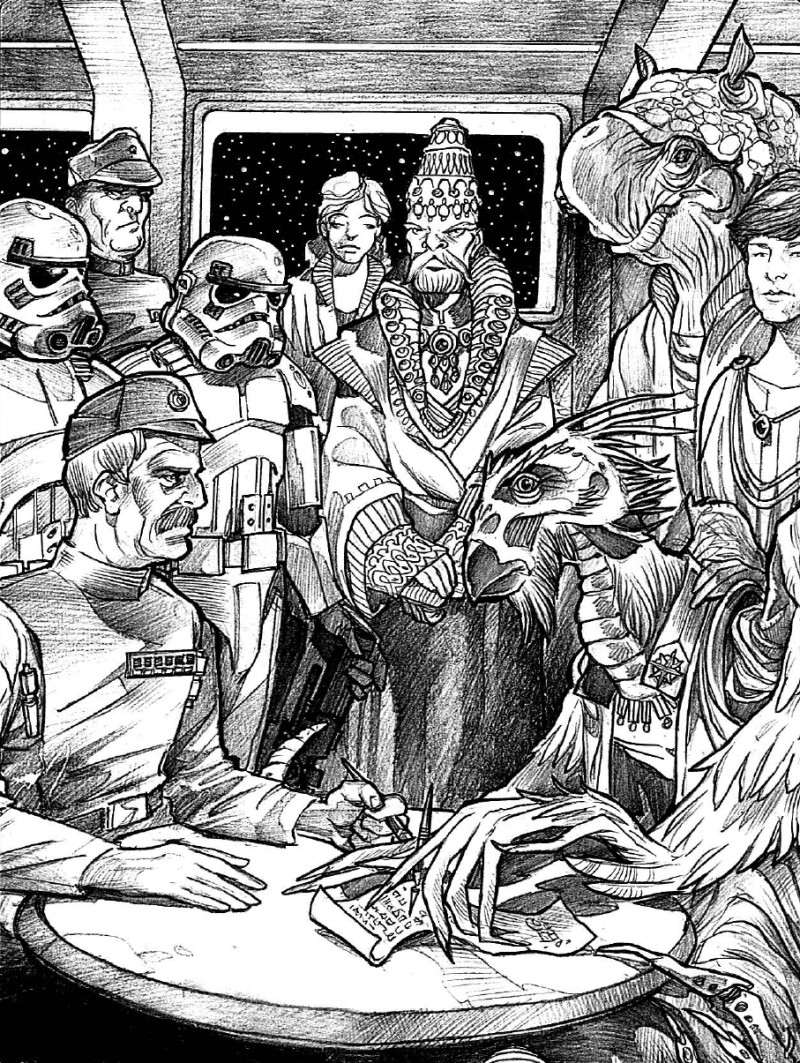
Following the Battle of Endor in 4 ABY, the Galactic Empire fractured into numerous feuding factions. The Rebel Alliance transitioned into the Alliance of Free Planets and eventually evolved into the New Republic, becoming the new dominant power in the galaxy. However, the emergence of the lethal Krytos virus, which exclusively targeted non-Humans, after the liberation of Coruscant in 7 ABY, created a schism between the Human and alien populations within the New Republic. This division was ultimately resolved when the New Republic secured bacta from Thyferra in the aftermath of the Bacta War. Despite the New Republic overturning the Empire's discriminatory practices and empowering marginalized non-Human species, Human leaders occupied three of the six positions of Chiefs of State: Mon Mothma, Leia Organa Solo, and Cal Omas.
Even after the Empire's defeat, the ideals of Human High Culture persisted within the New Republic for many years, propagated by fringe organizations like the Human League, which instigated the First Corellian Insurrection in 18 ABY. The enslavement of aliens also continued in isolated regions of the galaxy and within certain Imperial fortress worlds. In 12 ABY, Admiral Daala significantly weakened this concept within the United Warlord Fleets by integrating aliens of diverse species into the Imperial military.
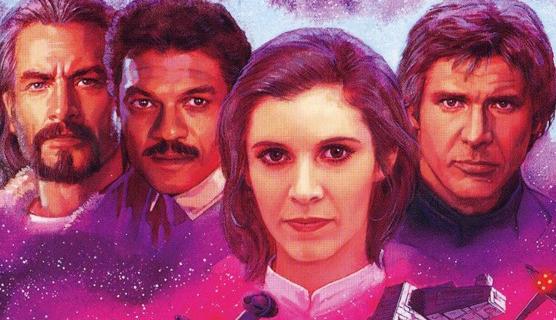
Following the signing of the Bastion Accords in 19 ABY, which marked the end of the conflict between the New Republic and the Imperial Remnant, the extremist anti-Human Diversity Alliance launched an attempt to eradicate all Humans as retribution for the Empire's oppression. However, the Jedi and the New Republic swiftly suppressed their uprising in 24 ABY. After the Diversity Alliance's downfall, the Cooperative Council of Independent Planetary Governments was established to foster collaboration among the various species within the New Republic.
During the Yuuzhan Vong War (25 ABY–30 ABY), the galaxy's diverse species and governments were compelled to unite in order to repel the invasion of the extragalactic Yuuzhan Vong. In the war's wake, the New Republic underwent a restructuring, emerging as the Galactic Federation of Free Alliances. Under the leadership of Cal Omas, the former government's policies promoting cooperation between Humans and non-Humans were maintained.
The Second Galactic Civil War, which commenced in 40 ABY, triggered a surge of anti-Corellian sentiment, even among their fellow Humans. On Coruscant, Corellians faced suspicion from their compatriots, and many were interned, including those who had fought for the Galactic Alliance and its predecessors.
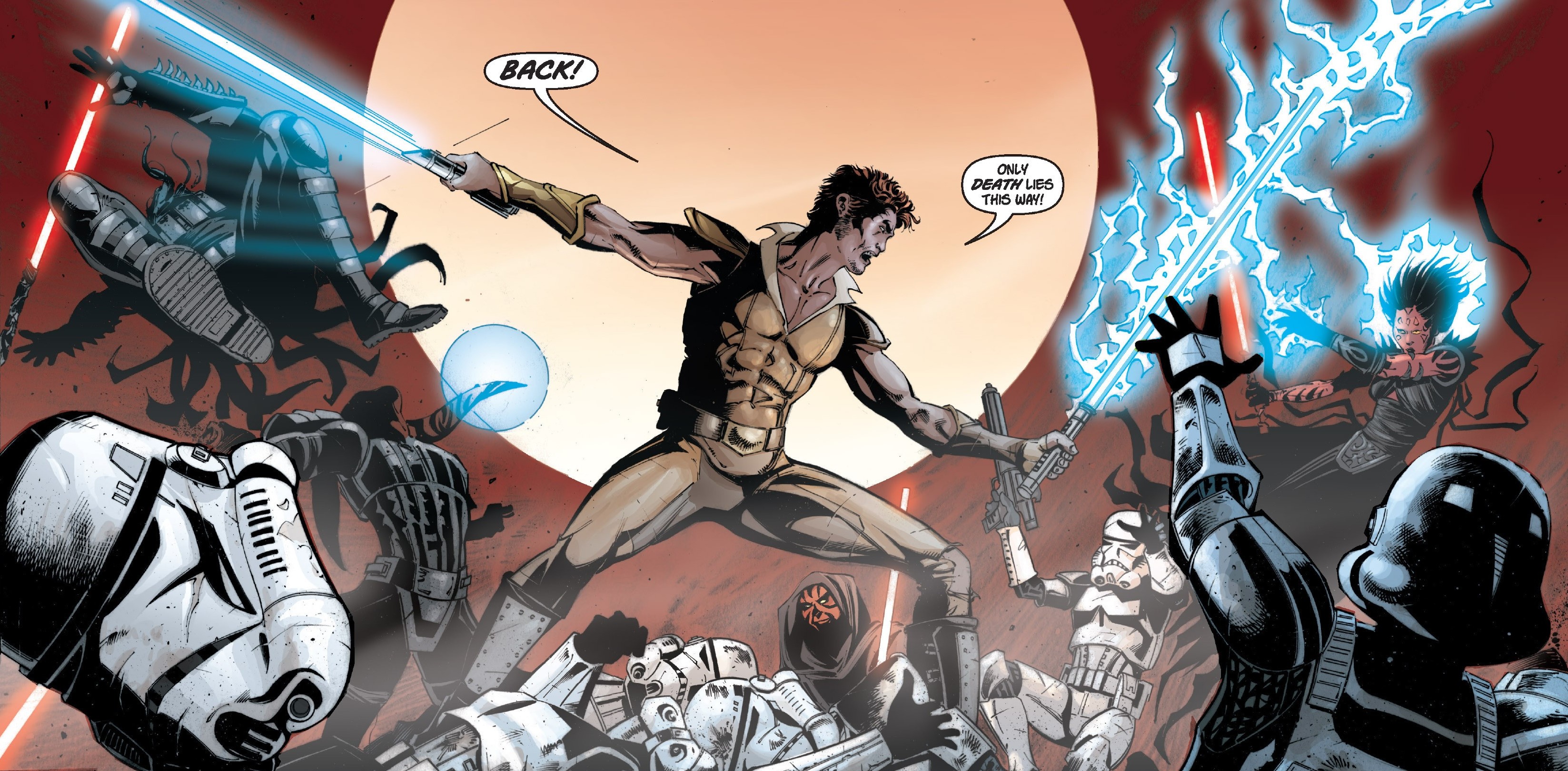
Throughout the Legacy era, Humans would remain a dominant force in much of galactic society, although the Galactic Alliance's policies of interspecies cooperation were presumably maintained. Between 130 ABY and 137 ABY, the Galactic Alliance, the Jedi Order, and the Yuuzhan Vong shaper caste initiated a successful terraforming project on the war-ravaged world of Ossus, which had once been a significant Jedi center of learning.
Consequently, approximately one hundred devastated worlds sought assistance from the Yuuzhan Vong and Jedi. The outcomes proved beneficial for the inhabitants, suggesting a potential era of peace for the galaxy. However, the new Sith Order, under the command of Darth Krayt, undermined the project by inducing mutations and diseases in various life forms. The Sith successfully exploited the galaxy's underlying prejudice against the Yuuzhan Vong.
A furious galaxy directed its animosity towards the Yuuzhan Vong, Jedi, and the Alliance, precisely as the Sith had intended. The Galactic Alliance, having supported this beneficial terraforming initiative at the encouragement of the New Jedi Order, found itself confronted with a secessionist movement as a result of this catastrophic development. This movement was spearheaded by the former Imperial Remnant, which had by that point transformed into the new Galactic Empire. In contrast to Palpatine's Human-centric Galactic Empire, this new Empire afforded Humans and aliens more equitable treatment. This was demonstrated by its military forces, including the renowned 501st Legion, which featured specialized armor designed for non-humanoid species. Nevertheless, command positions within the Empire were still apparently reserved for Humans and Near-Humans, such as the Chiss. Conversely, the Sith boasted only a small number of Humans among the Sith Lords within their Order.
Ultimately, the Moff Council (which governed the Empire) invoked the Treaty of Anaxes and declared war on the Galactic Alliance. Numerous dissatisfied worlds seceded from the Alliance to join the Empire, while others proclaimed their neutrality. It was at this juncture that the new Sith Order revealed itself, proposing an alliance with the Empire after contacting Moff Nyna Calixte, the Director of Imperial Intelligence.
The ensuing Sith–Imperial War spanned three years, during which Imperial forces recaptured Coruscant and absorbed the remaining territories of the Alliance into the Empire. The Jedi were compelled to retreat to their temple on Ossus, which subsequently became the target of an attack by Sith forces led by Darth Krayt and Imperial forces commanded by Moff Rulf Yage. Shortly thereafter, the Sith turned against Emperor Roan Fel and his Imperial Knights.
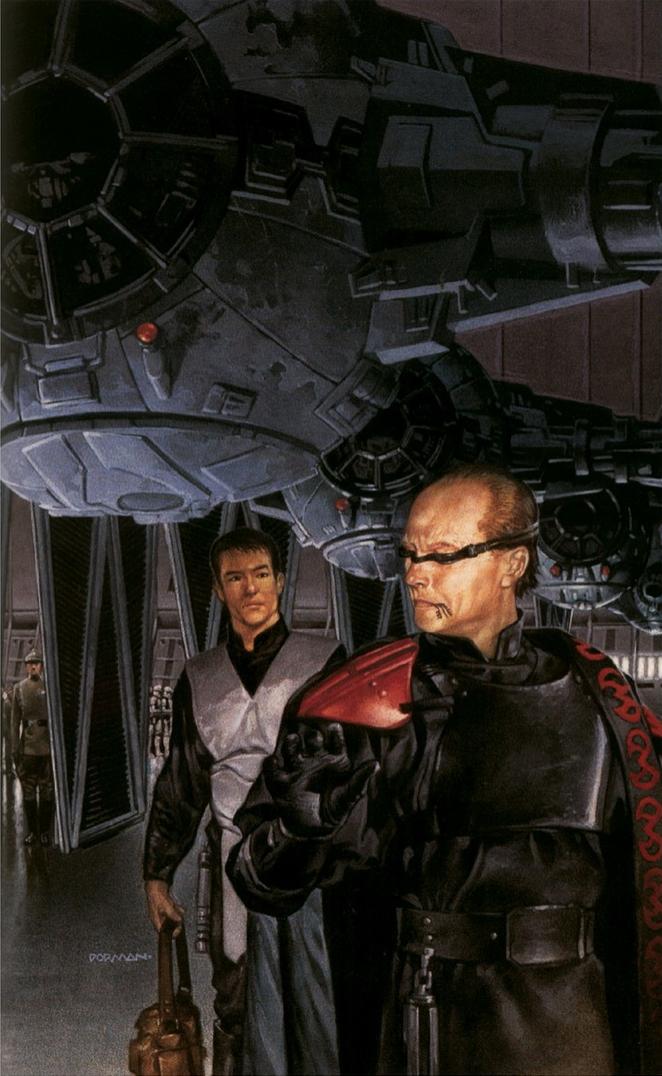
Numerous species throughout the galaxy exhibited a close resemblance to Humans, sharing many physical characteristics. These species were classified as near-Human, and it was believed that they were descended from Humans who had evolved along distinct evolutionary paths on different planets. Among the most prominent near-Human races were the Chalactans, the Chiss, the Hapans, the Kiffar, the Miraluka, the Mirialans, the Zeltrons, and the Umbarans. All of these species possessed a predominantly Human appearance, but with unique and defining characteristics. Often, the biological distinctions were subtle enough to allow Humans and near-Humans to interbreed. In many instances, it was challenging to determine whether a particular population represented a distinct species or merely a race or ethnic group within the broader Human species.
The term near-Human held a more specific meaning than humanoid. While near-Humans shared a biological connection with Humans, other humanoid species only exhibited superficial external similarities, such as an upright bipedal stance.
The origin of Humans in Star Wars remains shrouded in mystery (although many within the galaxy believe they originated on Coruscant). A canceled novel, deemed non-canon, titled Alien Exodus, was intended to elucidate the origins of Humanity and their connection to Earth, but it was never published due to various factors. The narrative of this novel incorporated both space travel and time travel, which would have provided context for the line "A long time ago, in a galaxy far, far away."
Although Humans in the films have primarily been portrayed by actors of European descent, Humans in the Star Wars galaxy exhibit a diverse range of ethnicities. Specific physical attributes are rarely associated with particular Human groups; however, most known Serrocoans appear to have epicanthal folds, while Socorroans generally possess dark skin.
Leland Chee indicated that during the Legends Expanded Universe, the humans lived longer largely because they didn't have to take into account the actors getting older, although by the time of the Canon Expanded Universe, he stated that humans lived the same average lifespan as humans in the real world, which is estimated to be 71 years of age.